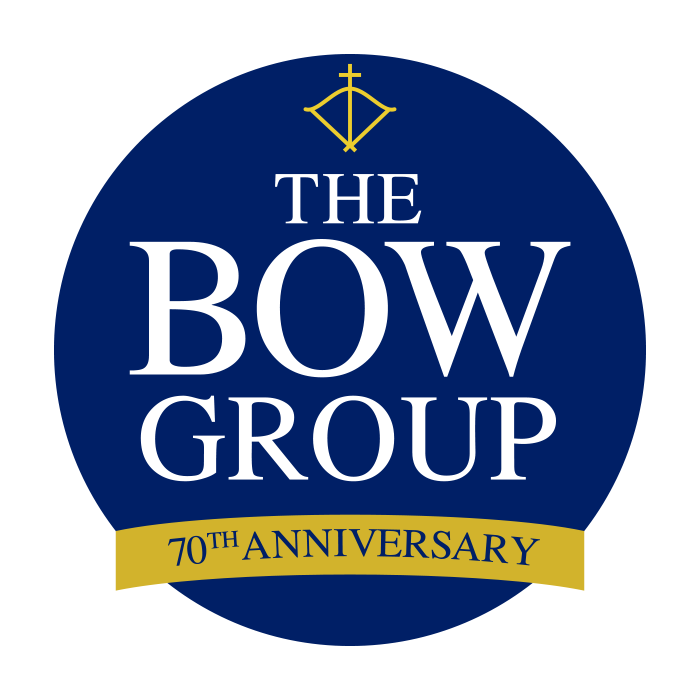Due to recent media speculation we wish to clarify our position regarding analysis of Conservative Party membership.
Synopsis of challenges in determining Conservative Party membership situation:
-
It is not possible for any person to know the exact number of Conservative Party members or the average age due to the system of national membership records holding widespread inaccuracies. Each Local Conservative Association keeps its own membership records, their record keeping and filing of that information with the central party is often either inaccurate or intentionally withheld. Conservative Campaign HQ have the best ability to make an educated guess, but refuse to publish any results if they have done so. James Cleverly (Vice Chairman of the Conservative Party) has regularly made reference to the figure 57 as abn average age, which is an estimate based on a poll of 1000 people. Mr Cleverly should, if anyone, have direct access to the real figures, yet he chooses not to cite anything other than the poll.
-
There are a significant number of people who are not paying full membership rates or who’s membership has completely lapsed who still consider themselves members and were referenced as such by CCHQ. Technically and legally they are not members. This includes many Cllrs, MPs and Party Officials.
-
There are also a significant number of “dormant members”. Those who pay a direct debit every year but have forgotten about it and are not responsive to their Local Association.
-
There are only 3 potential methods to analyse membership figures:
-
A poll
-
Direct access to all of the figures and application of sorting software (which would be illegal for non-appointed data controllers)
-
Canvassing Local Conservative Associations
The Bow Group in association with Conservative Grassroots, the Campaign for Conservative Democracy and a number of other organisations used option 3.
Whilst we welcome any work investigating this matter, the poll carried out by Professor Tim Bale and YouGov of 1000 people between 2015 and 2017 which found a figure of 57 is likely and admitted to be inaccurate. Professor Bale is on the Board of the lobby group “Bright Blue” which operates on the far left of the Conservative Party and has a vested interest in overstating both the number of young people in the Conservative Party and the perception that their views tend more towards liberalism than conservatism. The London-centric nature of those involved in the study is also a concern as a lack of on the ground knowledge of how Conservative Associations tend to operate may be extremely relevant.
More than 100 local associations have been canvassed since 2012, and the resulting analysis/projections include the following:
-
Since David Cameron first became leader of the Conservative Party we estimate membership numbers to have fallen of active members from c.400,000 to below 100,000. This was chiefly due to resignations of membership and the failure to replace dying members with new members.
-
In 2013 the Conservative Party lost an estimated 35-40% of its membership due to the Same Sex Marriage Bill.
-
Recognising the urgency of dwindling activist numbers, the Conservative Party attempted to create a “Road Trip”/”Team 2015” to bus predominately young activists to places where membership activism has declined, this was however shutdown in late 2015 following the Tatler Tory corruption scandal.
-
In 2015 the Conservative Party also abolished its youth wing over the Tatler Tory scandal, this had a significant effect on the average age of members.
-
As was apparent in the 2017 General Election the Conservatives significantly lacked activists on the ground by comparison to other parties. While fewer than Labour, 125,000 active members of an average age of 57 is a very significant campaign force, they were not evident with many Local Associations reporting severe shortages of activists numbering only local candidates or none at all.
-
Many Local Associations have become “paper associations”, they have no active membership base and exist merely as an entity.
-
The proportion of monies derived from membership VS other sources (e.g. large donors) has dropped very significantly in the past decade.
-
The Conservatives have significantly reduced the role of members in party democracy and decision making, rendering the agency of members close to nil (they have not been able to vote on a leadership candidate since 2005.)
-
The cost of attending the Conservative Party Conference has risen by more than 100% in the last decade.
In 2013 the Bow Group predicted that, in light of this analysis, the Conservative Party would become only the 3rd or 4th largest Party in Britain within 10 years (2023). Since then there has been strong evidence to suggest the SNP and Liberal Democrats have indeed overtaken them.
The “average age of membership could be as high as 71/72” figure was a 2017 assessment of active members who both pay their full subscription and are aware of it, following the shutdown of the youth wing.
Whilst the Conservatives have since reinstated their youth wing with significant discounts to young members we estimate the active membership figures to remain well below 100,000 and with an average age at between 65 and 75. Due to death and general attrition we expect the membership number to fall further in the coming years.
We encourage the Conservative Party to publish their own estimates with detailed explanations and institute reforms to become an open and democratic organization once again to arrest this terminal decline.
Dr Jon Stanley
Senior Research Fellow, The Bow Group
